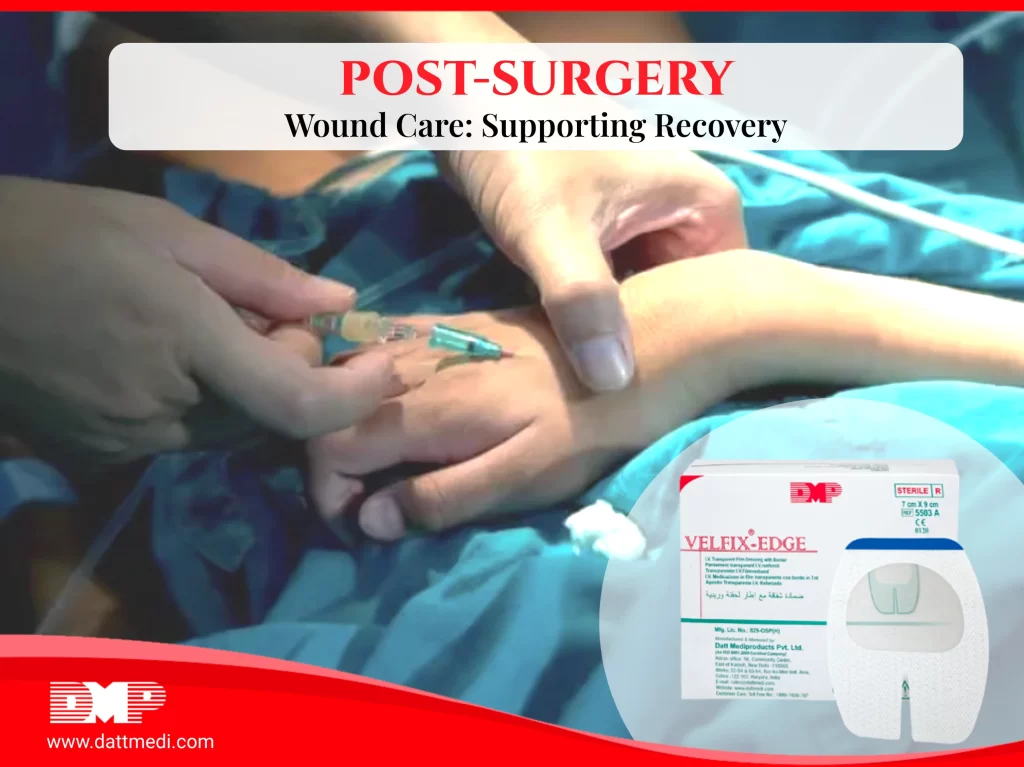
In moments of crisis, such as accidents or emergencies, being equipped with the knowledge and skills to administer proper wound care can make a critical difference in saving lives and preventing further complications. Whether you’re a bystander or the injured person themselves, understanding the essential steps of wound care in emergency situations is paramount.
Here are some quick response tips to guide you through assessing and managing wounds effectively:
1. Assessment and Safety First –
The foremost priority in any emergency situation is safety. Before rushing to aid the injured person, take a moment to assess the surroundings for potential hazards. Ensure both your safety and that of the injured individual by identifying and eliminating any immediate dangers.
2. Control Bleeding –
One of the most crucial steps in wound care is controlling bleeding. Apply direct pressure to the wound using a clean cloth or dressing. Elevating the injured area, if feasible, can help reduce blood flow and minimize bleeding. Prompt action in staunching the blood flow can prevent further loss and stabilize the individual’s condition.
3. Clean the Wound Quickly –
After addressing the bleeding, it’s essential to clean the wound promptly. Rinse the wound gently with clean water to remove any debris or foreign objects. In emergency situations, it’s advisable to avoid using strong antiseptics or solutions unless absolutely necessary, as they can cause further irritation or delay in treatment.
4. Apply Dressing and Bandage –
Once the wound is cleaned, cover it with a sterile dressing or a clean cloth to protect it from contamination. Secure the dressing in place using a bandage or cloth, ensuring it is snug but not too tight to impede circulation. Proper dressings help create an optimal environment for wound healing while preventing infection.
5. Seek Medical Assistance –
While initial wound care is essential, it’s crucial to recognize the severity of the injury and seek professional medical assistance promptly. Call emergency services or transport the individual to the nearest medical facility if the wound is severe, deep, or if bleeding persists despite initial measures. Timely medical intervention can prevent complications and facilitate proper wound management.
6. Prevent Shock and Comfort the Injured –
In addition to physical care, it’s vital to address the emotional and psychological needs of the injured person. Keep them calm and reassured to prevent shock, covering them with a blanket to maintain body warmth and comfort. Offering words of encouragement and support can go a long way in alleviating distress.
7. Continued Monitoring and Updates –
Even after administering initial first aid, it’s essential to continue monitoring the injured person’s condition until professional help arrives. Stay vigilant for any signs of deterioration or changes in vital signs, providing updates and relevant information to emergency responders upon their arrival. Your ongoing support and assistance can contribute significantly to the individual’s overall well-being and recovery.
Therefore, effective wound care in emergency situations requires a combination of swift action, sound judgment, and compassion. By prioritizing safety, controlling bleeding, cleaning the wound, seeking medical assistance, providing comfort, and monitoring the individual’s condition, you can help ensure the best possible outcome for the injured person. Remember, every second counts in an emergency, and your actions can make a lifesaving difference.





